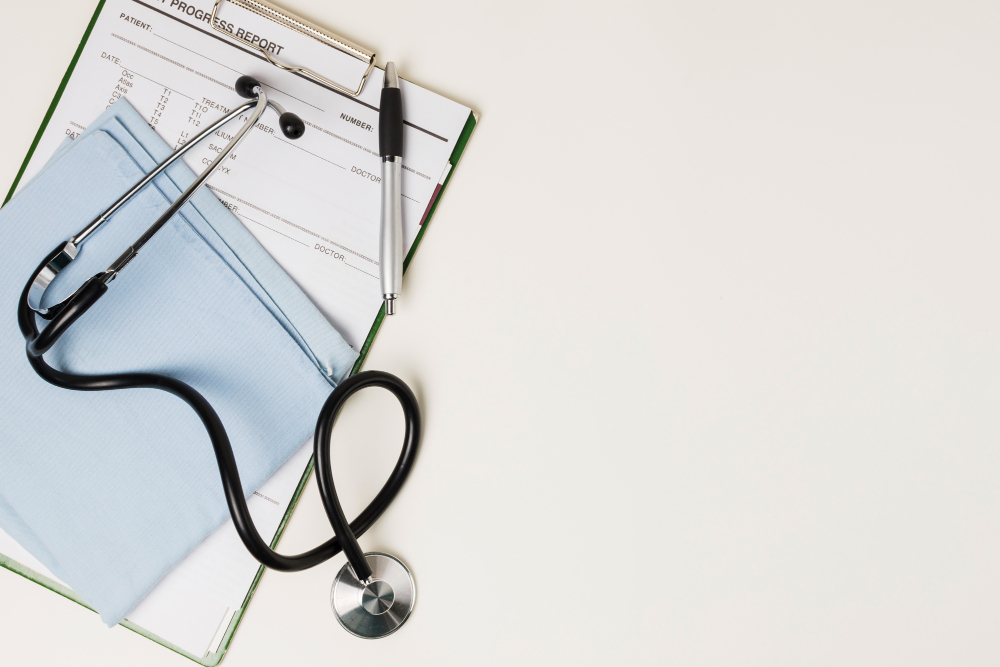What are Key Components of a Medical Record or Electronic Medical Records?
May 9, 2022It is common practice for healthcare facilities in most of the developed countries to utilise electronic health records (EHRs). With these records, hospitals can speed up various processes and optimise their service that ultimately benefits the patients. But, what are the key components and benefits of the EHR software? Let us take a look.
What do EHRs contain and why are they important?
EHRs contain many generic
and treatment-specific details about every patient that visits the medical facility. It contains information such as:- Contact information
- Insurances
- Diseases and treatments
- X-rays
- Lab results
- Vaccinations
- Allergies
Manually keeping note of various statistics for every patient is a time consuming and near impossible task that massively reduces productivity in the healthcare industry. What’s more, medical staff are humans too; by keeping manual notes, errors may occur. In the unfortunate event that some information gets lost, it could lead to blunders!
This is where the digital medical records component comes into the picture as it simplifies all these worries by keeping track of everything in a digitised format. Let us understand the key components of EHRs.
Key components of a medical record:
Given below are the major components of a medical record:
Collection of important data
Data collection and keeping it secure is one of the major functions of EHR software. These are the types of data that are collected by the software:
- Patient demographic data such as age, sex, nationality, etc.
- Social screenings such as their profession, etc.
- Information about their genetics.
- Medical history and diagnosis received so far.
- List of medicines.
- List of vaccinations the patient has received.
- Lab test results.
- Diagnostics.
- All their allergies and illnesses so far.
E-prescriptions
With the pandemic raging from time to time, patients are more worried about their health now than ever before. They prefer scheduling appointments online with their doctors as they do not want to step out and risk their health unnecessarily. As a result, electronic prescriptions have become very popular.
How does it work? The EHR software is fed with electronic prescriptions that make it easy for doctors to prescribe medicines to each individual patient through the software itself. What’s more, the patient can send this to their pharmacy and collect the medicines when they are available. Alternatively, many hospitals with pharmacies within also deliver the medicines
at the patient’s doorstep. Hence, hospital management software is extremely useful to hospitals.Online appointment scheduling
According to a study conducted by Kyruus, the majority of patients prefer to schedule appointments and talk to their doctor online ever since the Covid-19 pandemic. Through hospital management software and EHR, scheduling all the patients for appointments based on the availability of the doctors
becomes a fairly easy task.The EHR also allows the patient to view the list of doctors and allows them to choose their preferred specialist. Then, they book an appointment based on that specialist’s schedule. Prior to the appointment, the patient receives reminder notifications via text or call. This reduces the chances of patients missing the appointment, thus, causing the medical facility to lose money.
Lab interfaces
Lab results help doctors in making accurate decisions to provide the best possible healthcare to their patients. EHRs are highly useful in storing these lab results. Through the EHR software, doctors can directly request for reports in various formats. Once they view it, they can pass it on to the patients along with their suggestions.
Clinical support
By sending alerts and reminders about tests and examinations to patients under constant supervision, doctors can check-in with them periodically. The software can be programmed for each patient individually.
Billing functions
By integrating features of the accounting department into the software, the billing functions can be taken care of too. Through APIs and payment gateways, the system will be able to process payments through various methods such as cash, card, online transactions, etc.
Generate data reports
EHR software has more uses than just scheduling appointments, keeping track of inventory and collecting data. One of the key functions of the software is analytics. Through the data reports generated by the software, healthcare facilities can easily analyse both their clinical as well as financial performances. Every healthcare facility needs to generate these two types of reports:
- Admin process report: Through this report, the facility can analyse the productivity of the processes in their institution such as billing, patient care, time management, scheduling of appointments, etc., and improve upon them.
- Health assessments: This report helps medical facilities in an area to determine the general health of the population. Through various healthcare and vaccination drives, these facilities strive to increase the population’s health while keeping viruses away.
Also Read: Best practices to improve patient flow in the clinic
Conclusion
Whether you are seeking to create your own hospital management software or are upgrading to a full-fledged system, these are the key components you need to look for. Our hospital software consists of not only EHR functions, but also various other vital components your facility requires. Contact us today to schedule an appointment!

0 Comments